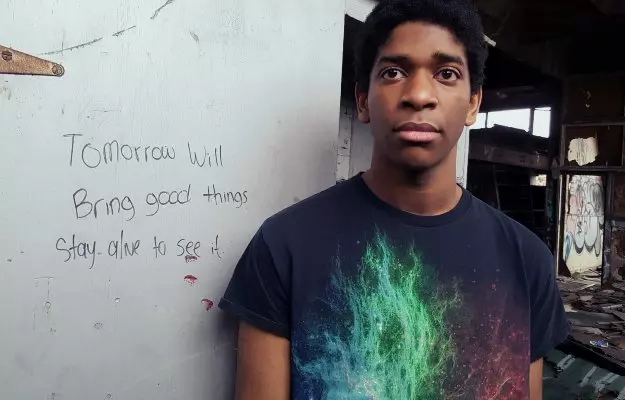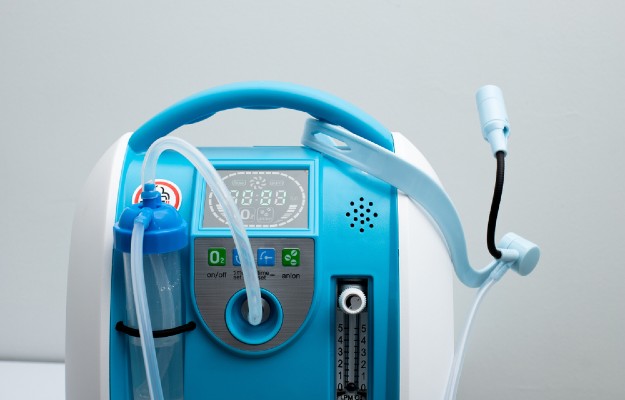As the COVID-19 pandemic continues to surge, adding an unprecedented number of infections and deaths on a daily basis around the world, there have been concerns over a looming mental health crisis as a result.
More than 16 million people are reported to have been affected by the new coronavirus infection globally and nearly 650,000 people have lost their lives from the disease that first emerged in Wuhan, China, late last year. However, the ensuing lockdowns imposed by governments restricting the usual movement of people—to offices, markets, educational institutions and so on—has led to a growth in cases of depression, a tendency towards self-harm and suicides among people of all ages.
Read more: Suicidal tendency
Much like the ongoing pandemic that has caused a disruption in the way of life for people all over the world, the financial crisis of 2008 led to similar gloomy outcomes due to a worldwide collapse of stock markets, leading to widespread economic difficulty. A study published in BMJ in 2013 looked at cases of suicide in 54 countries, and reported as many as 4,884 excess suicides in the year 2009 in several European and American countries. There was an average rise in suicides by 4.2% in European countries, and 6.4% in the case of countries in the American continents, primarily owing to the prevailing economic conditions and job stress.
Read more: How to deal with the anxiety of living through a pandemic
Mental health experts, government agencies and authorities from countries across the world are warning of a similar surge now, as people have reduced access to mental health services in addition to more stress and anxiety in the wake of the COVID-19 crisis.
Read more: How to protect your mental health during the COVID-19 pandemic
Several studies looking into this phenomenon have looked at different population groups to analyse the effects this pandemic has been having on the mental health of people, and point at a spurt in cases of substance abuse and post-traumatic stress disorder (PTSD).
























